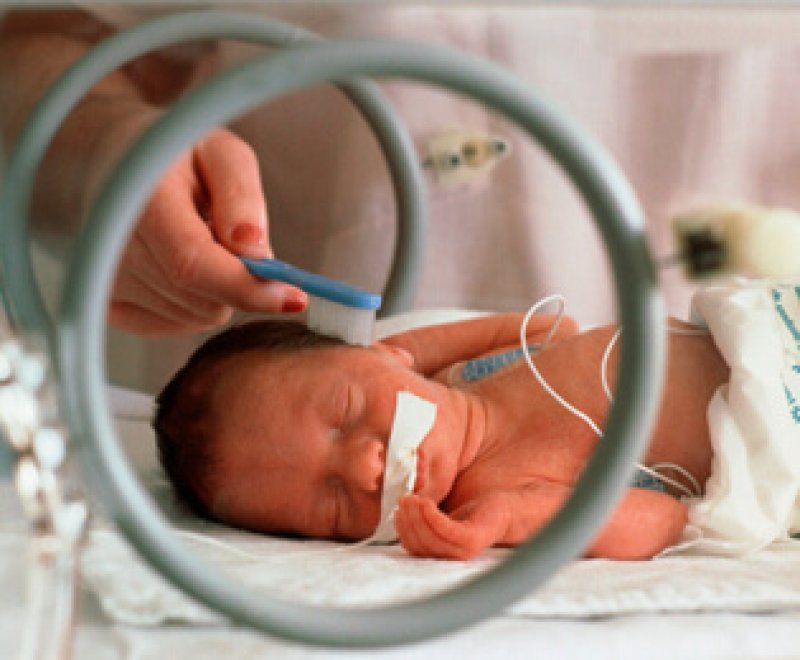Mothers-to-be often go to a great deal of trouble to reduce the chance of premature delivery, if they’re deemed to be at risk. They’ll agree to progesterone treatment, despite knowing that it will make the nausea of pregnancy much worse. They’ll update their vaccinations prior to pregnancy, even though vaccine boosters are usually a low priority for most adults. They start eating better and working out, even if they’re not usually health conscious. They’ll get a dental checkup, and reduce their intake of caffeine, even though the association between caffeine and premature birth is rather wishy washy, and probably only kicks in for those drinking fairly large amounts of coffee (at least five to six cups per day).
And if they’re well informed about health, they’ll listen carefully to the advice of professionals trained in evidence-base healthcare, and not be swayed by anti-GMO and anti-vax ideologues, astrologers, or other peddlers of pseudoscience quackery. Finally, of those who smoke, many will give up the habit for the duration of the pregnancy, even if they don’t have the wherewithal to remain a nonsmoker after giving birth.
Given the complexity of pregnancy, and the association between low gestational age and negative health effects in a newborn, taking all evidence-based precautions against preterm birth certainly is a wise course of action. But it may not be enough. According to new research, the predisposition to premature birth may lay in the fetus, not the mother herself. While this does not imply that any measures taken by the mother should be futile, it may lead to a paradigm chance in how the phenomenon of premature birth is addressed clinically.
Premature birth and its consequences
A full gestational period is 40 weeks, and premature birth is defined as a birth occurring at 38 weeks gestation, or earlier, and earlier gestational age at birth is associated with worsened health consequences. Chief among such health consequences are breathing difficulties, cerebral palsy, and mental disabilities. Furthermore, premature infants have high hospitalization rates compared with infants born at or near term, and the cost to society is high: The March of Dimes estimates that $26 billion is spent each year in the United States alone, due to premature birth.
Genetic cause is in the fetus
Conducted at the University of Alabama at Birmingham, the new research links birth earlier than 34 weeks gestation to duplication of four different genes and deletion of seven different genes. A fetus possessing any of these abnormalities has a two to 11 fold increase in the risk of birth before 34 weeks gestation.
These findings really open a whole different arena for us to look into as we think about preterm birth…We’ve always thought about preterm birth as a maternal issue, but these data change the paradigm. It may be the fetus who has the underlying predisposition, not the mother.
That’s according to Joseph Biggio, director of Maternal-Fetal Medicine at , where a research team analyzed DNA samples from blood and saliva of hundreds of babies and mothers. It implies complex genetics, but also explains while, at least for some women, doing everything that’s known to prevent premature delivery often is just not enough. In the words of another premature birth expert,Edward R.B. McCabe, chief medical officer for the March of Dimes:
These findings may help explain what triggers early labor in some women even when they’ve done everything right during pregnancy and there’s no obvious cause for an early birth.
In the near future, however, the identification high risk fetuses through screening tests may allow for interventions more specific to each pregnancy compared with current appropriates. In addition to the impact specifically in the area of premature, birth, the research results can have a broader effect. According to Biggio, preterm birth is an excellent example of a complex disease. Thus, in the near future, we can expect that genetics, computational biology, and bioinformatics will be ever more central to our understanding of numerous diseases.
David Warmflash is an astrobiologist, physician, and science writer. Follow @CosmicEvolution to read what he is saying on Twitter.































